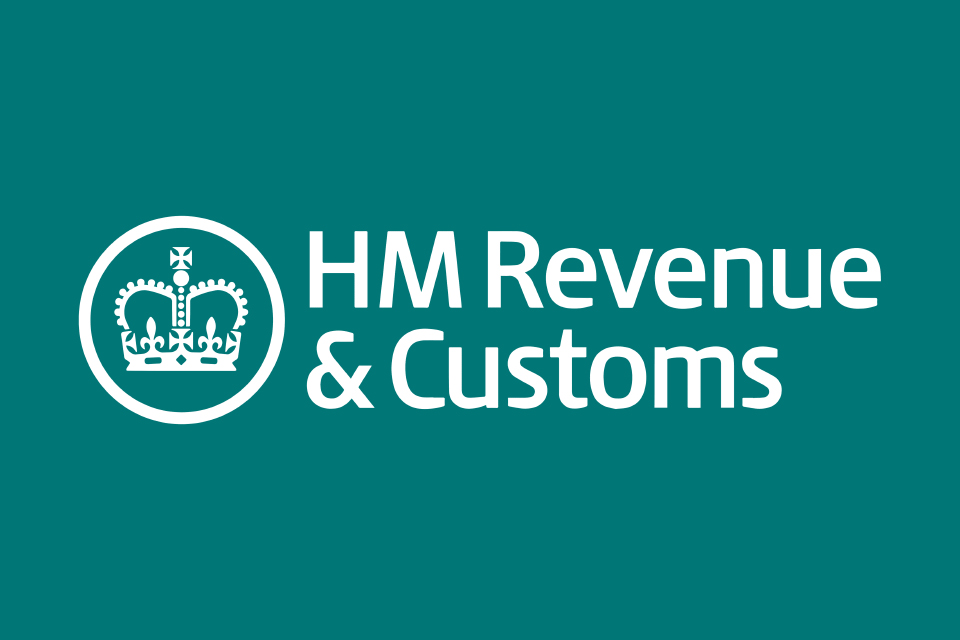

As your business grows, so do your responsibilities, and one of the key milestones is registering for VAT. It can seem like a daunting process, but understanding when and how to register is crucial for staying compliant and unlocking certain benefits. In this guide, we'll break down the essentials of VAT registration, including the thresholds, processes, and how Towers & Gornall can support you every step of the way.
When Do You Need to Register for VAT?
The first thing to know is whether your business needs to be VAT registered. Here’s the criteria:
1) VAT Registration Threshold
- Annual turnover threshold: If your business’s VAT taxable turnover exceeds £90,000 in a 12-month period, you are required by law to register for VAT.
- Going over the threshold: Even if you exceed this amount for just a month, you still need to register, however, you can apply for a registration ‘exception’ if your taxable turnover goes over the threshold temporarily.
- Voluntary registration: Some businesses register for VAT voluntarily, even if their turnover is below the threshold. This can bring certain benefits, especially if your business frequently deals with VAT-registered clients.
2) Looking Ahead:
- If you believe that your turnover will exceed the £90,000 threshold in the next 30 days, it’s time to register for VAT. Planning ahead can prevent any potential non-compliance penalties. You have to register within 30 days of the end of the month when you went over the threshold. Your effective date of registration is the first day of the second month after you go over the threshold.
Benefits of VAT Registration
Registering for VAT brings multiple advantages that can support your business growth:
- Reclaim VAT on purchases: Once registered, you can reclaim VAT on goods and services that are exclusively for your business.
- Boost business credibility: Being VAT registered can give your business a professional edge, especially when dealing with VAT-registered customers and suppliers.
- Simplified accounting: You’ll have a structured way of tracking VAT on sales and purchases, improving overall financial management.
The VAT Registration Process: How Does It Work?
The process of registering for VAT can be simplified with the right guidance. Here’s how Towers & Gornall can assist:
- Step 1: Gathering Information
To register for VAT, you’ll need to provide:- Your business’s financial details
- Company registration information
- Bank account details
- Step 2: Choosing a VAT Scheme
There are several VAT schemes available, depending on the nature of your business. Whether it's the Standard VAT Accounting scheme, Point of Sale scheme or the Flat Rate Scheme, we can help you select the best option. - Step 3: Submitting Your Application
At Towers & Gornall, we’ll handle the registration process for you, submitting your application directly to HMRC. - Step 4: Ongoing Support
After registration, we’ll ensure that you understand your VAT responsibilities, including how to submit returns, keep accurate records, and meet deadlines.
Let Towers & Gornall Handle Your VAT Registration
Navigating VAT registration doesn’t have to be overwhelming. At Towers & Gornall, we specialise in supporting businesses through the registration process, from gathering the necessary information to submitting applications and handling ongoing compliance.





